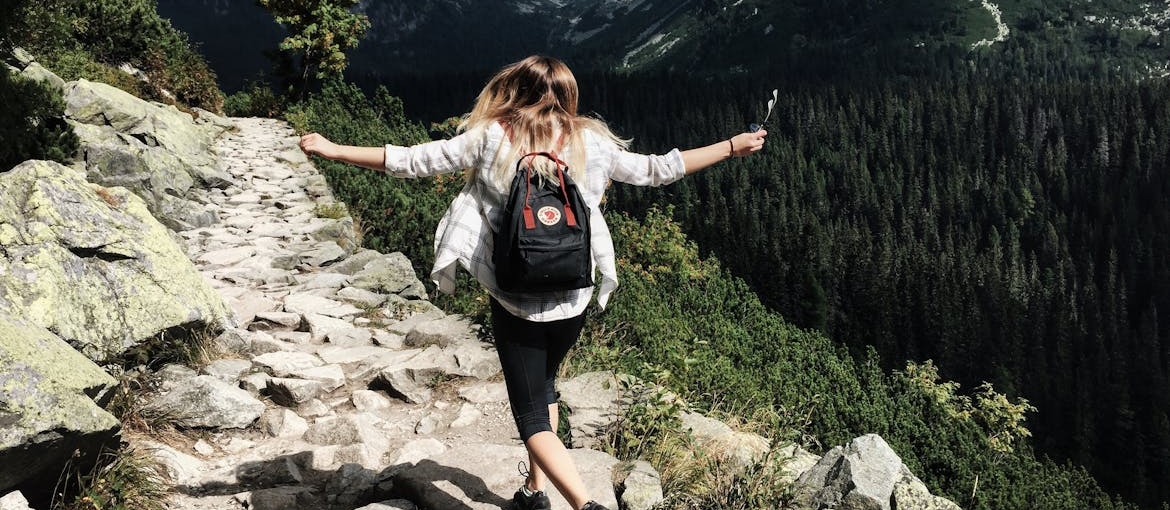Rehab can feel overwhelming, especially in the early days. Your body and mind are adjusting, and that takes a toll. You might feel anxious, restless, or just tired of it all. That’s where calming techniques come in. These small habits can help you feel more grounded when everything feels out of control. You don’t need fancy tools or hours of free time—just a few simple steps to help you breathe easier. At Harmony Ridge Recovery Center WV, we teach people how to manage stress without turning to substances. These tools won’t fix everything, but they can give you space to think, rest, and heal—one moment at a time. Let’s look at what actually works.
Why Calming Techniques Matter in Rehab
Recovery isn’t just physical. The mental side hits hard too. Stress, panic, and emotional overload are part of the process. That’s why calming techniques are so important. They help you deal with the tension that shows up without warning. You might feel trapped in your thoughts or suddenly overwhelmed for no clear reason.

Techniques like focused breathing or quiet routines give your brain something steady to hold onto. At a drug rehab center Buckhannon WV residents trust, tools like this are taught early. They’re simple, but they work. If you’re looking for anxiety calming techniques, you’re not alone. Many people need help learning how to stay present. The right approach can turn chaos into calm, even just for a few minutes.
Deep Breathing Exercises to Reduce Stress
When your heart races or your thoughts won’t stop, breathing helps reset your system. Slow breathing brings your focus back and tells your body it’s safe. You don’t need experience. You just need to try. These how to calm down breathing techniques are a good place to start:
- Box breathing: Inhale four seconds, hold four seconds, exhale four seconds, hold again. Repeat.
- 4-7-8 breathing: Breathe in for four, hold for seven, breathe out for eight.
- Belly breathing: Place one hand on your belly, breathe in deeply, and feel your stomach rise.
- Nose breathing: Inhale through your nose slowly, pause, then exhale through your mouth.
- Breath counting: Count each breath up to ten, then start over. It helps clear racing thoughts.
Using Guided Imagery for Mental Relief
Your brain reacts to pictures—even imagined ones. Guided imagery helps you use this to calm your nerves. You picture something peaceful and let your body relax into that idea. Some people imagine the beach or a quiet forest. Others focus on something personal, like a memory. It only takes a few minutes. And the more often you do it, the easier it gets.
Guided imagery can work well with REBT for addiction too. You replace harmful thought patterns with healthier ones while grounding your mind. It’s not about ignoring your emotions—it’s about shifting your focus in a way that helps you breathe easier. It’s one of many calming techniques people use during rehab. When the stress builds, this can give you a break.

The Role of Journaling in Emotional Recovery
There’s a lot going on in your head during recovery. Journaling gives you a place to put it. You don’t need perfect grammar or deep insights. Just write what’s real for you. That act alone helps you feel a little more in control. Some people use journaling to track cravings, triggers, or wins. Others write to let out frustration. It’s all valid.
When paired with art therapy rehabilitation, writing becomes even more powerful. It gives your emotions a place to go instead of staying stuck inside. You can write in the morning, before bed, or whenever stress kicks in. It’s one of the easiest calming techniques you can try. Just a notebook and a few honest thoughts can help you breathe again.
How Physical Movement Supports a Calmer Mind
Your body and mind are connected. When your body moves, your brain can settle. That’s why walking, stretching, or light workouts can lower stress. You don’t need a gym. Just move. Go outside if you can. Focus on the rhythm of each step or breath. That’s movement working as one of the best calming techniques for anxiety.
In many programs, group therapy for addiction includes some form of physical activity. It helps break up the day and keep your energy steady. You’re not trying to “fix” your feelings with exercise. You’re giving them a safe way out. When emotions build, even five minutes of moving your body can help. It’s simple and doesn’t need special skills. Just start where you are.

Creating a Daily Routine With Calming Techniques
Keeping a steady routine helps reduce stress and gives your day structure. When you know what’s next, your brain has less to worry about. These small habits help you feel more stable. Try adding one thing at a time. Here are simple ways to build a routine that includes calming techniques:
- Morning breathing: Start your day with one of your favorite breathing exercises.
- Scheduled breaks: Add quiet time during your day to pause and reset.
- Daily writing: Use a notebook to track how you feel or what you’re working through.
- Move your body: Fit in a short walk, stretch, or calming movement.
- Night wind-down: Create a bedtime habit to help you sleep better.
Small Steps That Make a Big Difference
Recovery takes work, and some days feel heavier than others. That’s why calming techniques matter so much. They give your mind a break when everything feels like too much. You don’t have to master them overnight. Try one thing at a time—maybe deep breathing, a short walk, or writing down your thoughts. Use what works and leave the rest. Keep things simple and stick with it. Small steps still count. You’re not doing this alone. The support around you matters, but so do the tools you carry with you. Calming techniques won’t fix every problem, but they can help you stay steady while you work through them. That makes a difference.



